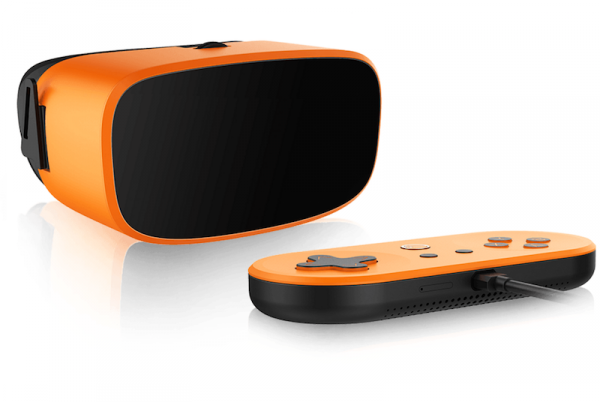Most virtual reality (VR) head-mounted displays (HMDs) are powered either by a modern smartphone, or a high-end PC or gaming console. In fact pretty much every VR device depends on one of these two systems, unless they’re one of the rare kits that houses all of their innards in the HMD itself. Pico’s Neo, however, doesn’t run on any of these machines if you don’t want it to. Instead, the kit is powered by its very own controller.
As reported by Geek Gadgets, the Pico Neo is a Chinese HMD that at first resembles an untethered mobile device like Oculus VR and Samsung’s Gear VR. Upon closer inspection, though, you’ll find that the device can actually be connected to a company-made gamepad. Said pad looks fairly traditional in nature, but housed inside its various directional and face buttons is what’s needed to power the entire kit.
That means the ever-popular Qualcomm Snapdragon 820 processor to power experiences, and 32GB of free space to store them. There’s also the battery to keep everything on and 4GB of RAM housed inside. The entire set is both Wi-Fi and Bluetooth 4.1 compatible too. The HMD, meanwhile, features a 90Hz refresh rate, delivering 1080p images across two 3.81-inch AMOLED displays. Aspheric lenses offer a 102 degree field of view (FOV).
Interestingly enough, Pico Neo can also be detached from that controller and then attached to a high-end PC to run other VR experiences. It would certainly be interesting to see if that meant it could be incorporated into the SteamVR ecosystem over time, though that’s getting ahead at this point in time.
For now, the Pico Neo will be launching in June 2016 for around $550 USD with the controller included, though it’s also possible to buy the HMD by itself for around $300. It’s certainly an interesting concept, but it will be even more interesting to see just how far Pico takes it in the coming months.
For the latest developments in VR hardware check back with VRFocus.















